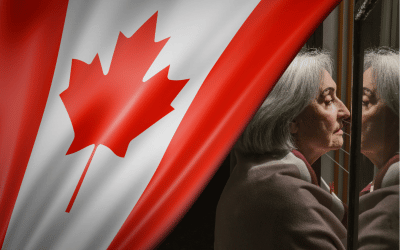End of life law : Can one ignore economic pressures ?
The debate on the End of life law includes economic aspects which deserve explanation to study all these angles.
Support for palliative care
One of the strong commitments by Emmanuel Macron in his speech announcing the end of life bill included palliative care: “I believe that a unanimously recommended solution should now be rigorously implemented. The Claeys-Leonetti law must be better applied, as has also been very clearly underlined by the National Assembly evaluation mission. We have an obligation on the subject to ensure universal access to palliative care, to disseminate and enrich our palliative culture and renovate our policy on the accompaniment of bereavement“. The ten-year plan which was scheduled for December 2023 has not yet been released. It is therefore difficult to comment on, but a few elements are already available.
Palliative care represents, in terms of public expenditure, a sum of around 1.5 billion euros. This estimate is available in the report by the Government Accounting Office published last year. By comparison, the yearly budget for Social Security has been set in the 2024 Social Security funding bill (PLFSS) 2024 at 640 billion euros. Palliative care therefore represents a mere 0.25% of the overall budget.
In a previous analysis, we suggested an evaluation of the allocations in the previous plan: they were hardly enough to cover the current rate of inflation. Concerning 2024, the Minister at the time had mentioned during a session at the National Assembly, an allocation of “an additional 20 million euros to launch the establishment of a palliative care network, in line with the instruction given to the ARS (regional health agencies). This was one of the first building blocks for the development of palliative care“. The inadequacy of the current funds is well known in the world of carers and political decision makers: At least half of patients who need palliative care do not have access to it.
Concerning the future ten-year plan, its publication has been delayed since December. Recently, a figure of an additional billion by 2034 has been circulating, without any details of the rate and the sums allotted. A linear increase of 1.5 to 2.5 billion euros over ten years would represent an annual increase of 5.2%. If one considers that inflation diminishes the positive impact of that increase, it is difficult to see how the true needs of patients in France could be covered between now and 2034.
As has been underlined by the French Society for Accompaniment and Palliative Care (SFAP), such needs will probably increase with the aging of the population.
However, the CCNE (National Consultative Ethics Committee) itself, in its Notice 139 giving the green light for a form of administered death, insisted on the need to develop palliative care along two paths:
- The establishment of palliative care among the priority policies for public health.
- Ensuring the effective development of a university course (ideally interdisciplinary) devoted to palliative care with the appointment of an academic in all medical schools.
When interviewed directly on this point by the La Vie magazine on 3rd April, Catherine Vautrin, the minister, speaks of a “strong commitment” but gives no figures or commitment in the very unfavourable budgetary context this year. For 2023, the budgetary deficit, predicted at 4.9% by the government, reached 5.5% according to the official INSEE figures, i.e. 154 billion euros.
There is a major risk that an administered death procedure will be instigated at a time when the deficit in access to care is on the increase.
The budgetary impact of administered death
Without being at the centre of the debate, the question of budgetary savings has already been raised. One of the supporters of ADMD (assistance for the right to die with dignity), the philosopher André Comte Sponville, mentioned it in his presentation in favour of euthanasia. Alliance VITA also raised and considered questionable the constant support afforded by the private health insurance companies for the euthanasia project.
The risk is far from negligible for a serious conflict of interest between an organisation which has to balance its accounts and the needs of patients to be treated and cared for up to their end of life.
In Canada, the official Parliament Budget Director’s Office has published a report on euthanasia (referred to as Medical Assistance in Dying). Its conclusion evaluated budgetary savings.
Apart from the inevitable errors of such types of calculations (a detailed analysis is suggested by Alliance VITA here), it is the very approach itself which is questionable. What social culture is promoted when calculating the national profit through the anticipated death of the sick or people at their end of life?
Partisans of euthanasia often present their claim as a step forward for the autonomy of each individual. The current budgetary difficulties should on the contrary act as a wake-up call against the real pressures affecting the health system and its users, the patients, if assisted suicide and euthanasia are legalised.



